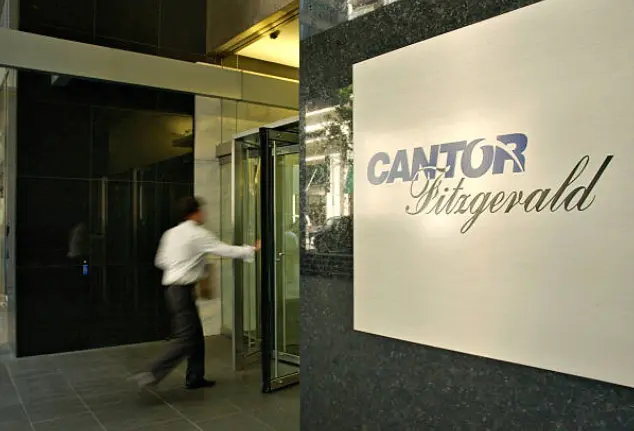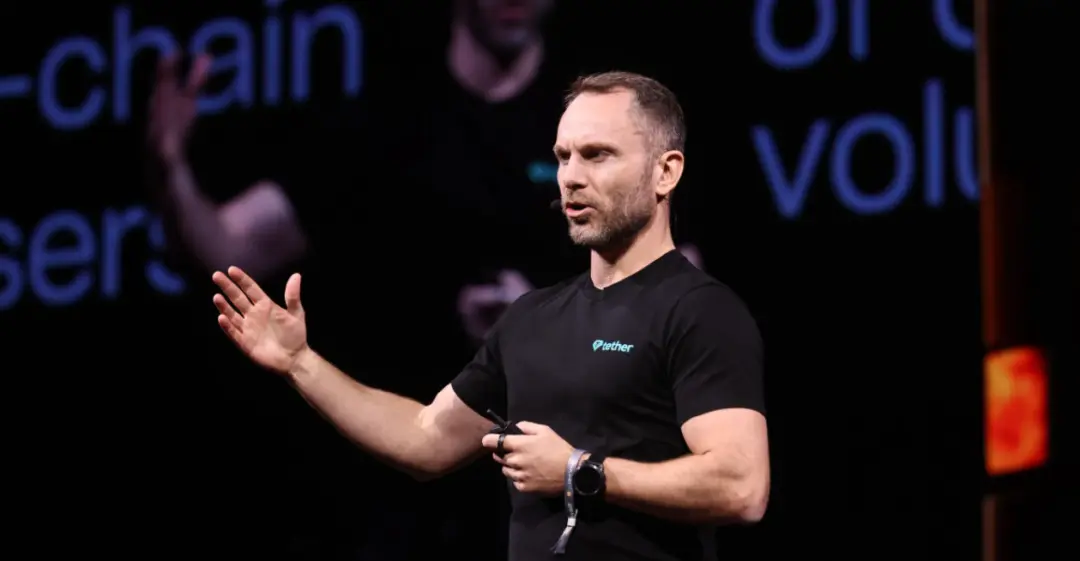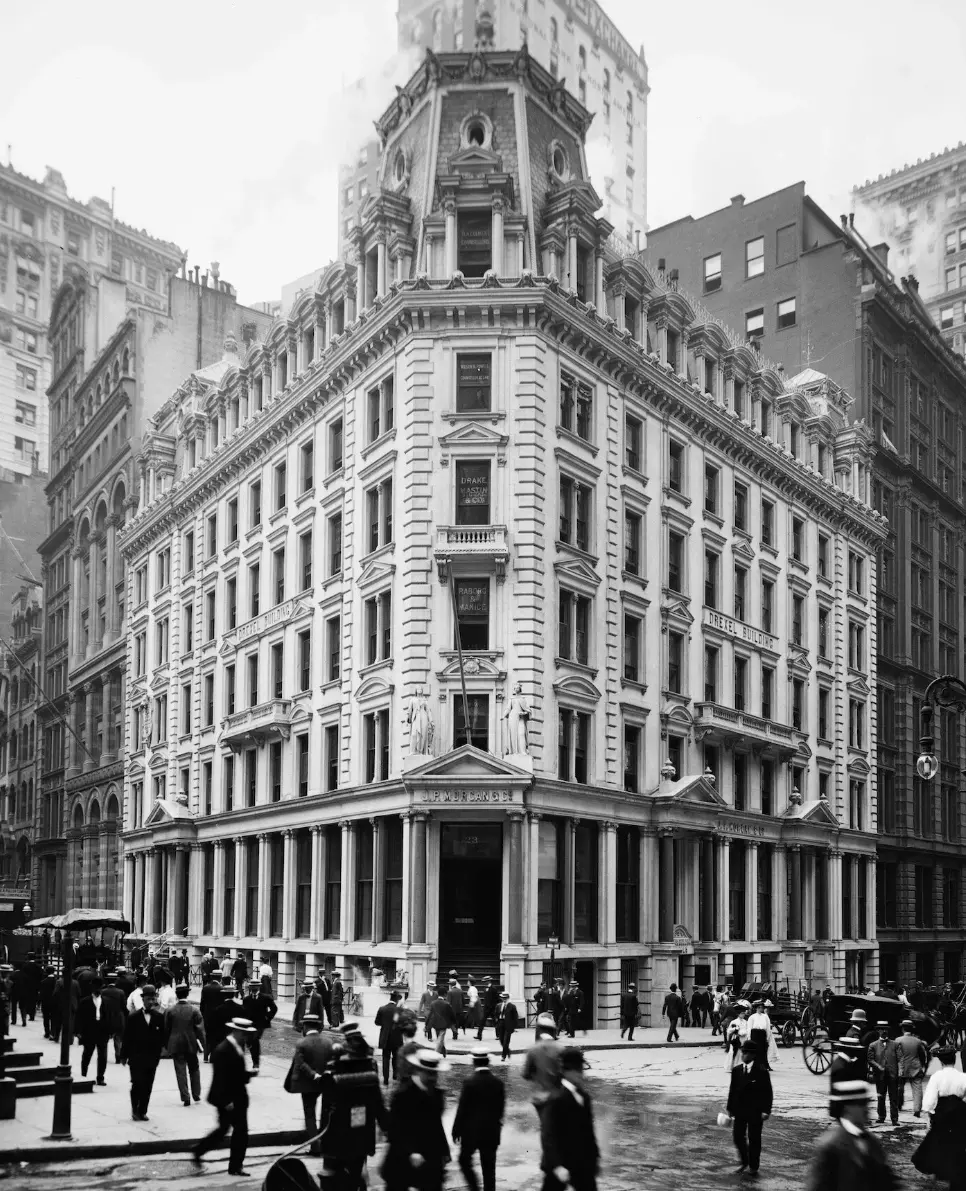Written by | Peggy
The most stable asset in the crypto market is the US dollar, which has no ID card.
Over the past decade, USDT has transformed itself into the crypto world's "de facto dollar" with $170 billion in assets and ubiquitous liquidity. However, its growing success has led to a growing sense of identity anxiety: a dollar without US backing remains a vulnerability.
In recent years, Circle has applied for a trust bank license, Paxos has built a global clearing network, and Visa and Mastercard have also increased their investments in stablecoin settlement. In contrast, Tether has remained stuck in the narrative of an "offshore shadow empire."
Under pressure from regulators and competitors, USDT's parent company, Tether, finally came up with a new answer in September 2025: USAT. This was its first attempt to fill that long-missing identity card.
At the same time, Tether appointed 29-year-old former White House advisor Bo Hines as CEO. A decade ago, he was a star wide receiver for the Yale football team; now, he has been thrust into the most sensitive battleground of global financial markets, becoming Tether's "legal face" in the United States.
Hines wasn't just a random appointment. In January 2025, the White House established the Presidential Advisory Committee on Digital Assets, with his name prominently listed as an executive director. At just 28 years old, he helped to push for the GENIUS Act, laying the foundation for the US stablecoin regulatory framework. Just a few months later, he resigned from the White House to join Tether, the world's largest stablecoin issuer, taking on the responsibility of expanding its presence in the US market.
For Tether, this is a strategic test to deeply embed itself in the US political and regulatory system. Hines's appointment is both a bargaining chip for Tether in Washington and the first step in proactively revising its image as a "shadow empire."
But this is just the beginning. What truly gives USAT a chance to shed its image as an "offshore dollar clone" is its comprehensive suite of compliance strategies: from recruiting high-level American political and economic resources to integrating with traditional financial market institutions, Tether is attempting to weave itself into the US regulatory narrative and capital market logic with these three tactics.
The issuance of USAT is more than just an expansion of the stablecoin ecosystem. It signifies that Tether is beginning to build a "legal clone" for itself: no longer content with being a global capital conduit, but aiming to reshape its identity and become a compliant part of the U.S. financial order.
The birth of a legal clone, USAT's three cards
Over the past few years, stablecoins have become an increasingly important asset in financial history.
It's neither a full-fledged dollar nor a complete cryptocurrency, yet it has permeated every corner of the globe over the past five years. Tether, currently striving for a $500 billion valuation, has built a vast "shadow dollar" system with USDT: in Latin America, it's a lifeline for workers' remittances; in Africa, it's replaced local inflationary currencies; and in Southeast Asia, it's become a settlement tool for cross-border e-commerce.
However, as the largest provider of this system, Tether has consistently navigated regulatory loopholes. Its murky audits, complex offshore structures, and the shadow of money laundering and sanctions have earned it the label of a "shadow empire."
For US regulators, Tether's existence presents a paradox: on the one hand, it promotes the globalization of the US dollar; on the other, it is viewed as a potential systemic risk. The world's most widely circulated "digital dollar" lacks a US legal identity.
This identity dislocation finally forced Tether to come up with a new solution. In September 2025, it launched USAT, specifically for the US market. This wasn't a simple iteration, but rather an experiment involving three cards: people, money, and institutions. Tether used these three steps to gamble on whether a shadow dollar could be accepted into the American narrative.
First Card: Man
USAT's first card is the person, Bo Hines' political endorsement.
Bo Hines, 29, was a starting wide receiver for the Yale football team in college. An injury prematurely ended his athletic career, leading him to enter politics.

Bo Hines (red) playing rugby
Image source: Yale Daily News
In 2020, he ran unsuccessfully for Congress as a Republican. However, he subsequently entered the policy arena. Starting in 2023, Hines served on the White House Digital Asset Advisory Board, later becoming its Executive Director. According to public records, during his tenure, he co-drafted the GENIUS Act, the first draft of stablecoin regulation legislation in the United States, which served as a reference for several subsequent proposals.
Hines will leave the White House in August 2025. On August 19, Tether announced Hines' appointment: He will join the company as a strategic advisor, responsible for compliance and policy communications in the US market. In the same announcement, Tether also stated that it will launch a US-regulated stablecoin, USAT, in the coming months.

Bo Hines attended the event and delivered a speech. Source: CCN
Less than a month later, in September 2025, Tether announced the launch of USAT and officially appointed Hines as USAT's first CEO, which meant that he would lead the product's business development and regulatory coordination in the US market.
Public information shows that this is the first time Tether has brought in an executive with a White House background. Previously, Tether's management team mostly came from finance or technology backgrounds and lacked direct experience in US policy.
Hines' joining tied USAT to the U.S. regulatory environment from the outset.
Card 2: Money
The second card is to give money to Tether and provide a set of credit endorsement.
In the past, the composition of Tether's reserves has been controversial. Early audit documents showed that USDT reserves contained a large amount of commercial paper, short-term loans, and a portfolio of assets that was difficult to trace.
The lack of transparency of these assets has also become the biggest focus of external doubts about Tether: Is it really "one coin, one dollar"?
In designing USAT, Tether attempted to allay such concerns. A September 2025 announcement revealed that Cantor Fitzgerald would be the reserve custodian for USAT. Founded in 1945, this investment bank is a primary dealer for the U.S. Treasury and has long been involved in the underwriting and distribution of U.S. Treasury bonds, enjoying a solid reputation on Wall Street.

Cantor Fitzgerald New York office entrance
Image source: Getty Images
According to Tether's plan, Cantor Fitzgerald will ensure that USAT's reserve assets are primarily US Treasury bonds. This means that USAT's value support no longer relies on a complex offshore asset structure, but is directly anchored in the liquidity and credit system of the US Treasury market.
This arrangement has established a deeper bond between Tether and the US financial system at the asset level: shifting from a supplier of "shadow dollars" to a distributor of US debt. Publicly available information indicates this is the first time Tether has explicitly incorporated a Wall Street primary dealer as a core partner in its products.
The third card: system
The issuance and compliance of USAT will be carried out by Anchorage Digital Bank.
The digital asset bank, licensed by Bang Trust, is one of the few compliant entities that can directly accept federal regulation. Unlike USDT, which relies on an offshore structure, USAT's reserves and audit processes will be incorporated into the US institutional framework.
This not only complies with the regulatory requirements of the GENIUS Act on the issuance of stablecoins, but also means that Tether has completed an "identity registration" at the institutional level.
The geographical choice is also intriguing. Tether established its USAT headquarters in Charlotte, North Carolina, the second-largest financial center in the United States, home to traditional financial institutions such as Bank of America. Compared to New York and Washington, D.C., Charlotte boasts a rich financial ecosystem while being relatively out of the spotlight of regulatory centers. This detail suggests that Tether isn't content with merely making changes to its institutional design, but rather is striving for real-world implementation in its operations.

Bank of America Corporate Center in Charlotte
Image source: SkyscraperCenter
USAT is therefore more than just a new stablecoin; it represents a formal agreement between Tether and the US market. The combination of Bo Hines in politics, Cantor in finance, and Anchorage in institutions constitutes a comprehensive compliance package, propelling Tether from a supplier of "shadow dollars" to a new role as an institutionalized participant.
However, how far this transformation will go remains an open question. Tether's fundamentals remain unchanged: its business path remains global, its structure remains offshore, and its capital flows remain complex. USAT may offer a US ID card, but it will not immediately alter the market's fundamental perception of Tether.
The launch of USAT means that Tether's issuance of stablecoins will be extended to an identity reconstruction: the shadow dollar is beginning to knock on the door of Wall Street.
Will the stablecoin market landscape be reshuffled?
In the US market, Tether's new move is aimed directly at Circle and its USDC.
Over the past few years, USDC has been a representative of the US compliant market. However, compared to USDT, USDC's size and circulation are much smaller. As of September 2025, its market capitalization is approximately US$70 billion, accounting for 25-26% of the stablecoin market.
Although its size is only one-third of USDT, USDC has established solid trust in U.S. politics and Wall Street thanks to its exclusive partnership with Coinbase and endorsement from institutions such as BlackRock.
Circle even repurchased its shares in the joint venture Center in 2024, becoming the sole issuer of USDC to further strengthen its control. For a long time, the implicit narrative of USDC has been: US compliance = security, offshore market = risk.
However, it is precisely this path that gives Tether room to exert pressure.
Tether's CEO, Paolo Ardoino, has repeatedly emphasized that the significance of USAT is to break the monopoly that USDC may form in the US market.
He bluntly stated: "Without USAT, the US stablecoin market may be locked in the hands of a few institutions." In other words, USAT's strategic mission is not only a product upgrade, but also a direct market offense and defense against USDC.

Tether CEO Paolo Ardoino speaks at the Bitcoin 2025 conference in Las Vegas
Image source: Nasdaq
Tether's launch of USAT is essentially an attempt to use its massive scale to fill a "compliance gap." USAT's significance lies in allowing Tether to achieve both scale and compliance for the first time, posing a direct threat to USDC's competitive advantage.
If Circle is a top-down compliance-oriented company based in the United States, then Tether is constructing a "dual narrative" through USAT: maintaining a vast network of "gray empires" around the world while creating a "compliant clone" in the U.S. market.
The future stablecoin market is likely to evolve into a dual-track structure: USDT will continue to maintain a strong global user base, particularly in Latin America, Africa, and Southeast Asia, while USAT will focus on the US and institutional clients. This structure will both maintain Tether's advantage in emerging markets and attract more institutional capital through regulatory compliance, providing new growth momentum for the entire market.
For Tether, this isn't just about issuing a new coin or going public; it's about transforming its identity. Once it's listed on the US capital market, it can completely shed the label of a "shadow empire" and enter the global financial arena as a "dollar company."
However, Tether's attack is bound to draw responses from rivals. Circle is likely to accelerate its collaboration with regulators and institutions to further strengthen USDC's compliance defenses. Licensed issuers like Paxos may seize the opportunity to expand their presence in niche markets like payments and cross-border settlement.
Traditional financial giants have also expressed interest, with everyone from Visa and Mastercard to Wall Street investment banks exploring how to integrate stablecoins into existing systems. It is foreseeable that the launch of USAT will not only mark the beginning of Tether's transformation, but also potentially become the catalyst for a new round of competition in the stablecoin market.
Can the gray history be whitewashed?
The launch of USAT presents unprecedented opportunities for Tether, but also carries with it new risks. Will the market believe that a shadowy empire, plagued by skepticism, can truly dismantle itself with a compliant clone?
Historical experience shows that the "whitening" of gray forces is not without precedent.
At the end of the 19th century, American society was generally distrustful of financial capital, and the Morgan family was even denounced as a "financial oligarch." Strictly speaking, the Morgans had not broken any laws, but in the absence of modern regulation, their vast capital and influence were often seen as a threat to the public interest, making them a "gray power" of the time.
However, banker John Pierpont Morgan transformed his image through practical actions: he helped the government issue bonds and resolve the fiscal crisis while also helping railroad companies restructure their debts. Over time, he transformed himself from a "capital oligarch" into a "financial agent of the state."
Tether's idea of buying large amounts of U.S. Treasury bonds and promoting compliant stablecoins today is actually somewhat similar to Morgan's idea back then, which was to gain legal status by solving problems for the country.

The Morgan family's former home on Wall Street. Source: NYC Urbanism
However, not all "gray giants" can successfully complete such a transformation.
As the world's largest cryptocurrency exchange, Binance was initially almost entirely offshore, operating outside of regulatory oversight. In recent years, it has sought licenses in markets like France and Abu Dhabi, attempting to become more compliant and expanding into the US market.
However, it encountered the most stringent regulatory resistance in the United States, ultimately forcing it to downsize and tighten its operations. This precedent shows that even if gray giants want to "turn white," regulators will not easily allow them to do so.
This means that Tether's future remains uncertain. Its reserve transparency, compliance enforcement, and interactions with regulators will all be indicators that will be continually tested in the coming years.
At the same time, the acceleration of competition has begun to show signs. Circle is applying for a US national trust bank license to
Strengthen its own compliance capabilities and further consolidate its ties with regulators and institutional investors; Paxos revealed that the demand for its stablecoin infrastructure has increased significantly, and launched the "Global Dollar Network" with Mastercard in an attempt to expand the scope of use of US dollar stablecoins; Visa is also continuously expanding its support for stablecoin settlement, promoting the integration of such products into the existing payment system.
At the same time, Plasma is using on-chain clearing and cross-border payments as entry points, trying to embed stablecoins directly into the underlying pipeline of the global payment network.
The stablecoin market is moving from its early wild growth to a more intense and institutionalized competition stage.
USAT is Tether's first attempt at a Washington D.C. ID. The true test lies not on-chain but at the conference table: who can stake their claim on the regulatory agenda and define the next generation of the digital dollar? Whether the shadowy empire can emerge into the light of day will be a crucial question in the crypto financial sector.







